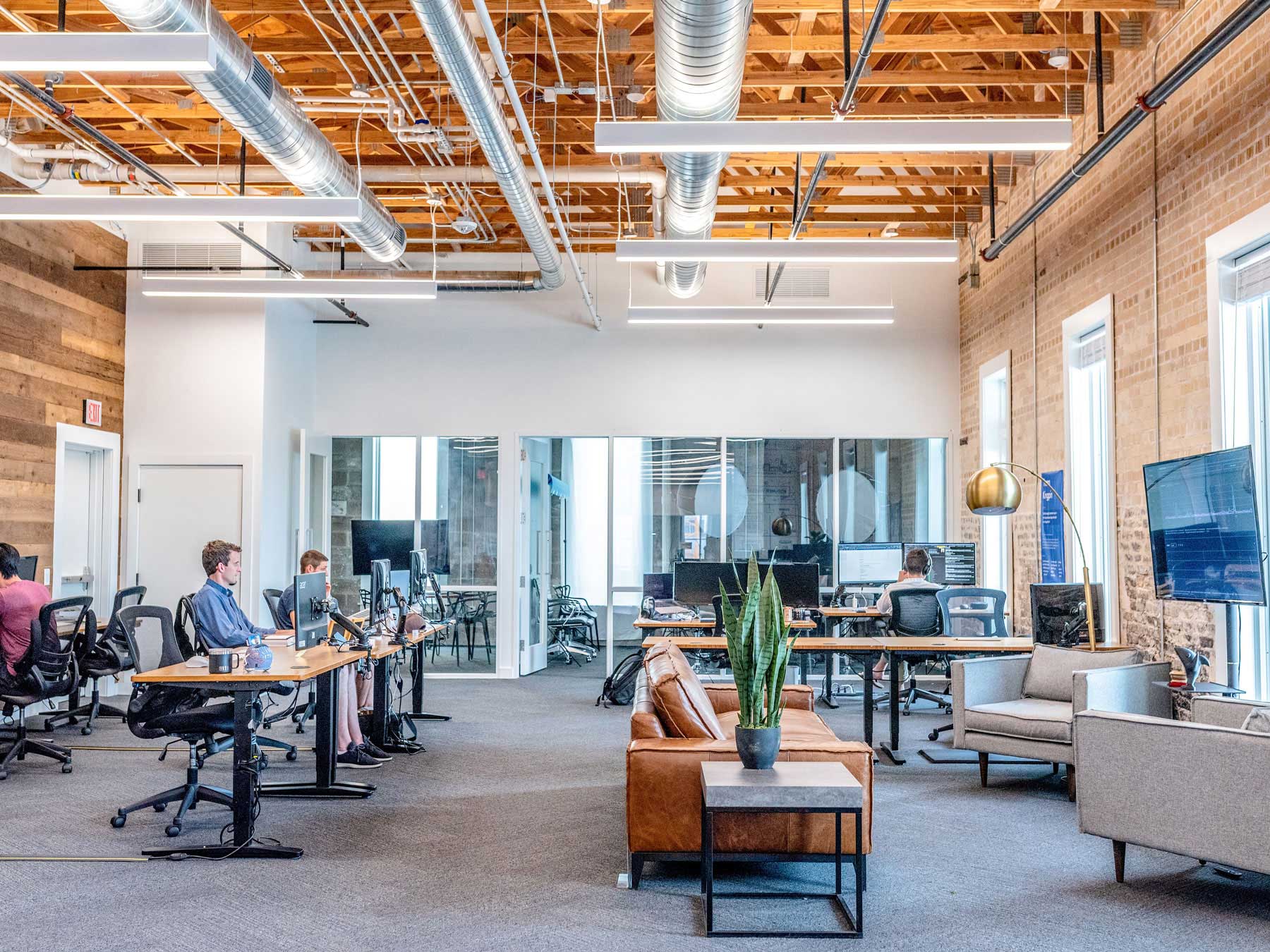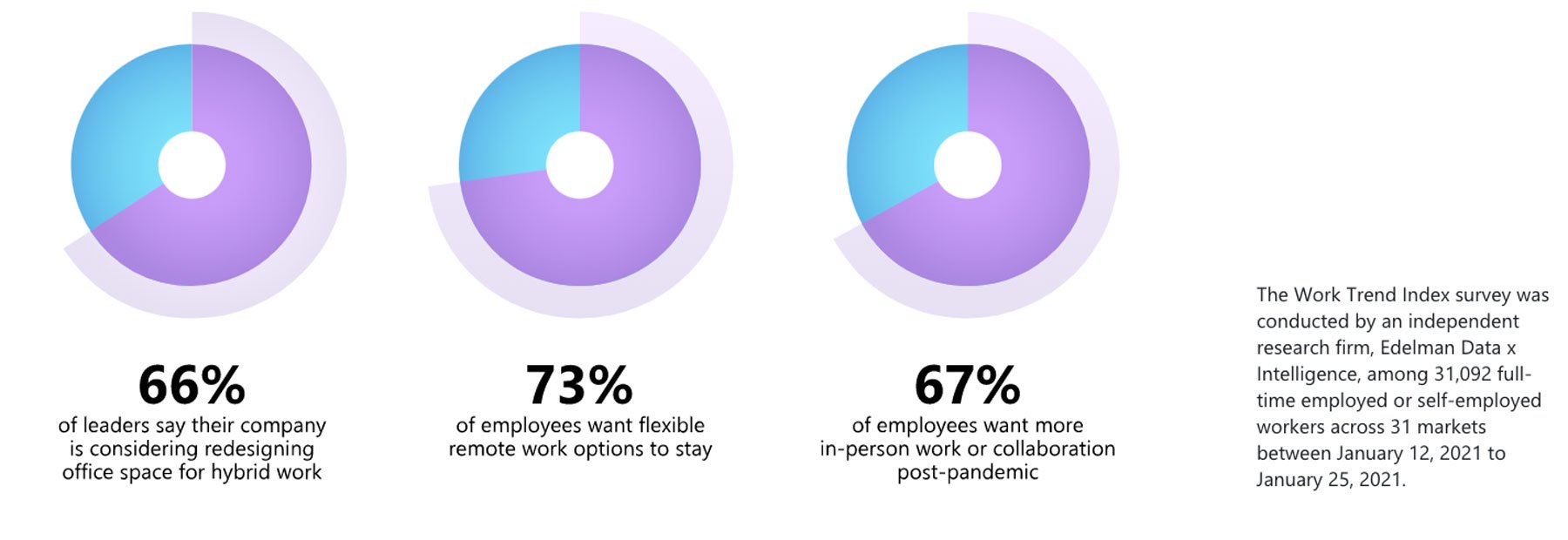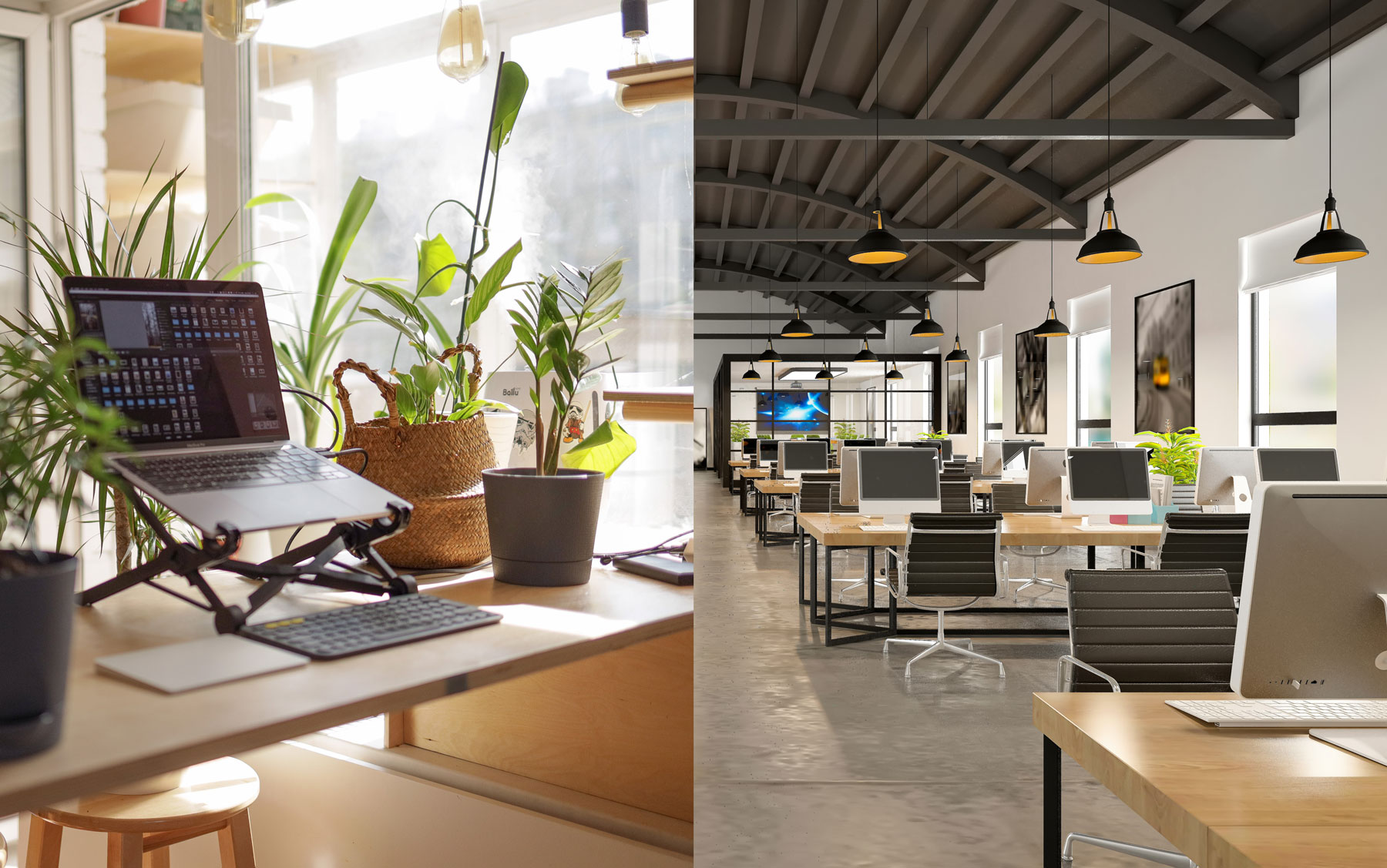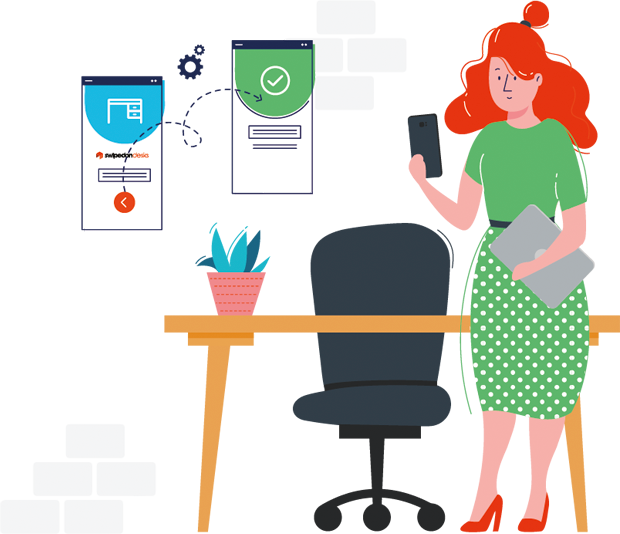Handle the Heat: How to Hot Desk Like a Pro

As the world continues to navigate the pandemic and settle into the new normal, one trend we can expect to see more of is hot desks. The notion of "hot desking" isn’t new, thanks to the rising popularity of coworking spaces such as WeWork, and the increased demand for more flexible working models over the past few years. Read on to discover some simple steps you can take to improve hot desking at your business.
Given the shift to more hybrid work models by businesses all over the world, hot desking is becoming more popular than ever and it has value for employers too. So, how do you implement hot desking successfully? Here's a breakdown of what it is, why it works, and how you can improve your hot desk strategy.First Things First, What is Hot Desking?
‘Hot desking’ is a system that allows people to work at a desk that is not permanently assigned to them. Usually, advance booking and planning are required for hot desking.
Two of the main scenarios where hot desking is used:
- When unaffiliated freelancers book a coworking space to work in an office environment
- When companies with regular employees and/or freelancers use hot desking. (We’ll talk more about this scenario in this article).
Reasons to implement a hot desk model could include:
- Saving on office space costs
- Giving employees more flexibility
- Helping to encourage innovation and creative problem-solving through collaboration
There’s no doubt that hot desking is a growing phenomenon. In 2019, Deloitte found that 30% of "multinational firms" already used hot desking. The same research revealed that by 2020, 45% of businesses falling into the above category planned to implement it.
Why is Hot Desking Growing in Popularity?
Beyond the cost savings, hot desking also facilitates a more flexible working environment. COVID-19 amplified this; a report published by Microsoft in 2021 found that 73% of employees want flexible remote work options to remain in place post-pandemic, but at the same time, 67% wanted higher levels of in-person work or collaboration.
It's clear that the move to hybrid work is inevitable. Business leaders are on the brink of major updates to accommodate what employees want: the best of both worlds.

Enter hot desking: while in the office, team members can collaborate with people they choose to and make valuable connections with team members they otherwise might not encounter.
Another potential driver in the popularity of hot desking is the increasing number of self-employed people and contract workers. Research in 2020 found that in the previous year, 28.2% of people in the US were self-employed at any given time; of those, just under half were primarily contractors.
Self-employment, especially as a freelancer, can sometimes feel isolated, and contract workers may need occasional accommodation. Hot desking in a coworking space can help to communicate and network with like-minded people.
Common challenges
Despite the benefits that hot desking can bring, it's not without a few challenges.
Keeping on top of bookings can be difficult—especially in large volumes. Confusion or disorganization leads to overbooking and derailing visitors' days.
With so many comings and goings, hot desking could also threaten the sense of camaraderie that many offices have. Additionally, some employees may feel unsettled by not having a permanent desk.
While hot desking might make sense from a financial perspective for businesses, keep in mind that hot desking may not be to everyone’s liking as a form of working. For some, consistency and routine work better, touch base with your employees to get their input before making big changes.
How to Improve Your Hot Desking Strategy
Make use of technology
Technology has streamlined many aspects of business life and this is no exception. Besides putting companies at risk of breaching data privacy laws, using paper to manage bookings requires a lot of manual work.
Desk booking software like SwipedOn Desks is the easiest way to gain full transparency on arrangements and requirements in real-time. The software can also be used in collaboration with employee in-out boards, which allows team members to see where everyone is at any given time. As well as shared space management and in-out boards, you can take advantage of how these are integrated into a visitor management system (VMS) so visitors can be signed in without hassle.
Allow employees to personalize the space
When employees have their own desk, they can—for the most part—organize the space as they see fit to create a more personalized and comfortable workspace to focus. With hot desking, however, this might not be an option. Strike a balance between hot desking and allowing workers to personalize workspaces, so they are inspired and productive.
Create community
The easiest way to tackle the lack of belonging that some workers might feel when hot desking is to create a welcoming and supportive community environment. To achieve this, take a look at your internal culture and try to project the same values.
Examples of how to create a community feeling include:
- Holding after-work social events
- Creating a shared board for people to share their hobbies and personal interests
- Encouraging more collaboration
Offer options
Having a flexible working agreement means allowing employees to work how they want (within reason), even if it is more traditional. While adding shared desks is essential in the era of hybrid work, it’s good to keep your options open.
Before the office reorganization begins, ask employees whether they want to stick with their old working arrangement or adopt a new approach. For those who prefer to work in the office, letting them keep their desks can help maximize productivity and maintain the connection.

Consider downscaling from operating at full capacity
The pandemic has meant businesses worldwide have had to adjust to operating at lower capacities. Post-pandemic, and for reasons other than safety, offices looking to hot desk with efficiency should consider not returning to 100% capacity.
Front desk staff have an easier time keeping track of bookings, ensuring that everyone in the office is allocated the appropriate personal space. Operating at a lower capacity can also help foster a more intimate workplace environment, thereby increasing workplace satisfaction. You could take it as an opportunity to remodel your current workspace to better suit a hybrid working style.
Hot Desking: Now is the Time to Consider It
Hot desking is an excellent way for you to offer greater flexibility to your employees, and encourage innovation and motivation. At the same time, the reduction in office space can help cut costs and operate more efficiently.
Having a proper hot desking strategy in place helps to maximize the benefits and mitigate the negatives. Using desk booking software can help to maintain and improve your work culture and workflow.









 Germany - Deutsch
Germany - Deutsch